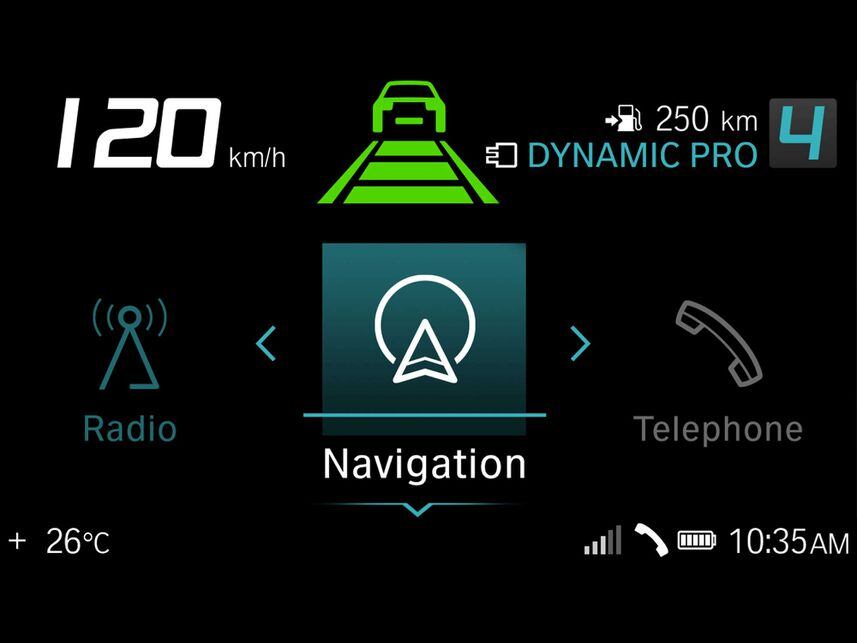And because of that, the great Bavarian make has remained at the front of the evolution of the technology extracting from the ABS’s highly versatile functionality a traction control system, known as Automatic Stability Control (ASC).
ASC was soon followed by the more comprehensively capable Dynamic Traction Control (DTC) that ensures a total traction and stability control accelerating on any surface and at any lean angle. In 2019, BMW Motorrad added to the DTC the capability of controlling the engine drag torque under fast deceleration. The addition of an inertial platform fully integrated the ABS capabilities to further increment the safety of motorcycle riding, and GPS completed the system to realize a functional navigation system complete with TFT instrumentation screen and connectivity.
Dynamic Cruise Control associates ABS with the engine ECU by wire throttle control to ensure a relaxed ride at constant speed that also helps keeping fuel consumption at its best minimum. At this stage the last and most sophisticated addition to this long list of safety supporting electronics is Active Cruise Control (ACC).
ACC have been present in the automotive world since 1992, when a first, somewhat crude “lidar”-actuated warning system appeared on a Mitsubishi sedan, while a much more refined and effective millimeter-wave radar system debuted on Mercedes S Class top sedans. From then on radar-assisted ACC have achieved widespread usage in the automotive world, proving extremely effective in preventing collisions in bumper-to-bumper traffic. Their latest evolution assists in keeping the car in the proper lane by reading the marks on the road. The radar sensor senses the presence of the vehicle in front and keeps constant the distance from it by continuously adjusting the speed by activating throttle controls and brakes, if needed. As simple as that.
But it is not that simple. Motorcycles are variable attitude vehicles, they lean in corners, they are more “mobile” than cars. BMW Motorrad and historical partner Bosch analyzed the massive amount of variables involved in motorcycle dynamics and developed a system that, starting from the base DCC unit, adds a substantial number of sensors in order to achieve maximum active functionality by positively combining three main functions: cruising speed control, safety distance control, and curve speed control. Yet they also made their ACC more actively interfaced with the rider in the sense that the rider here retains a higher level of responsibility compared to the ACC-assisted car driver.





